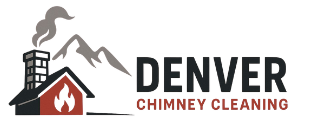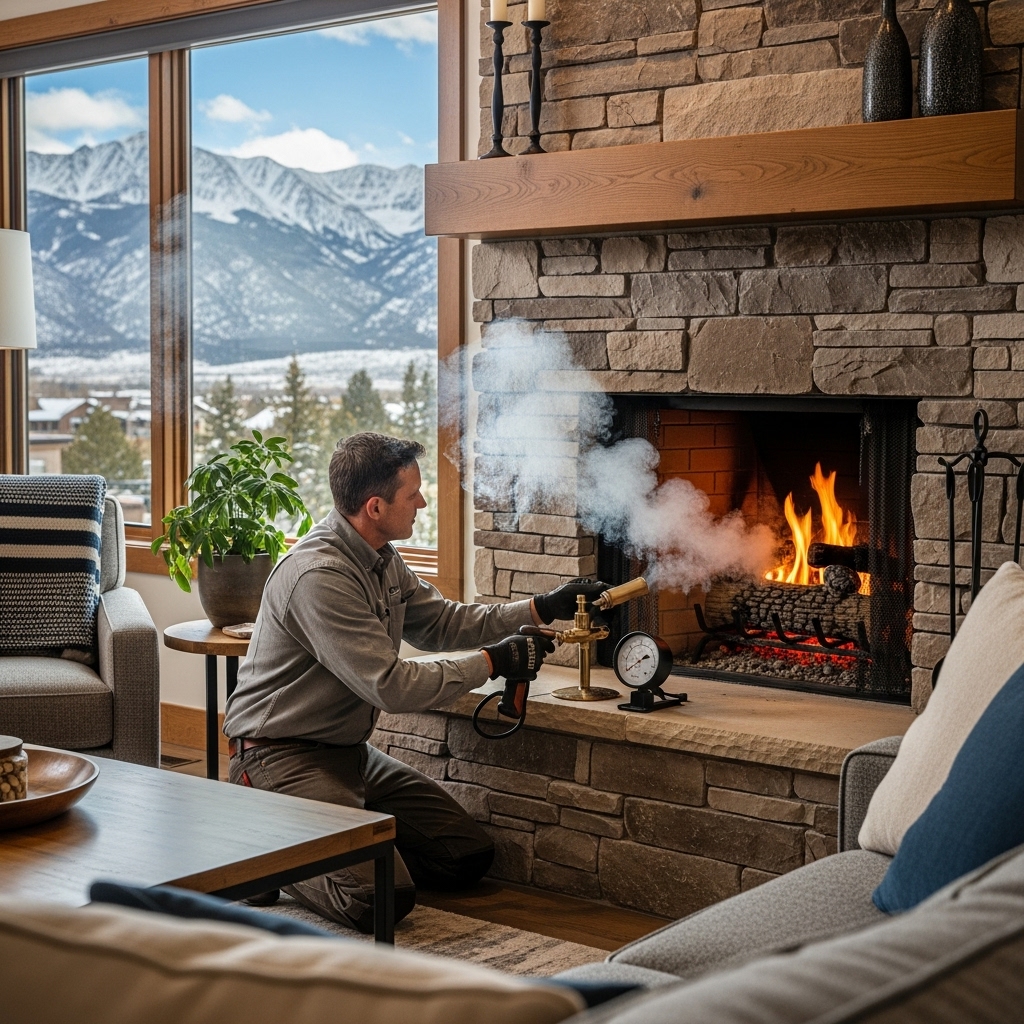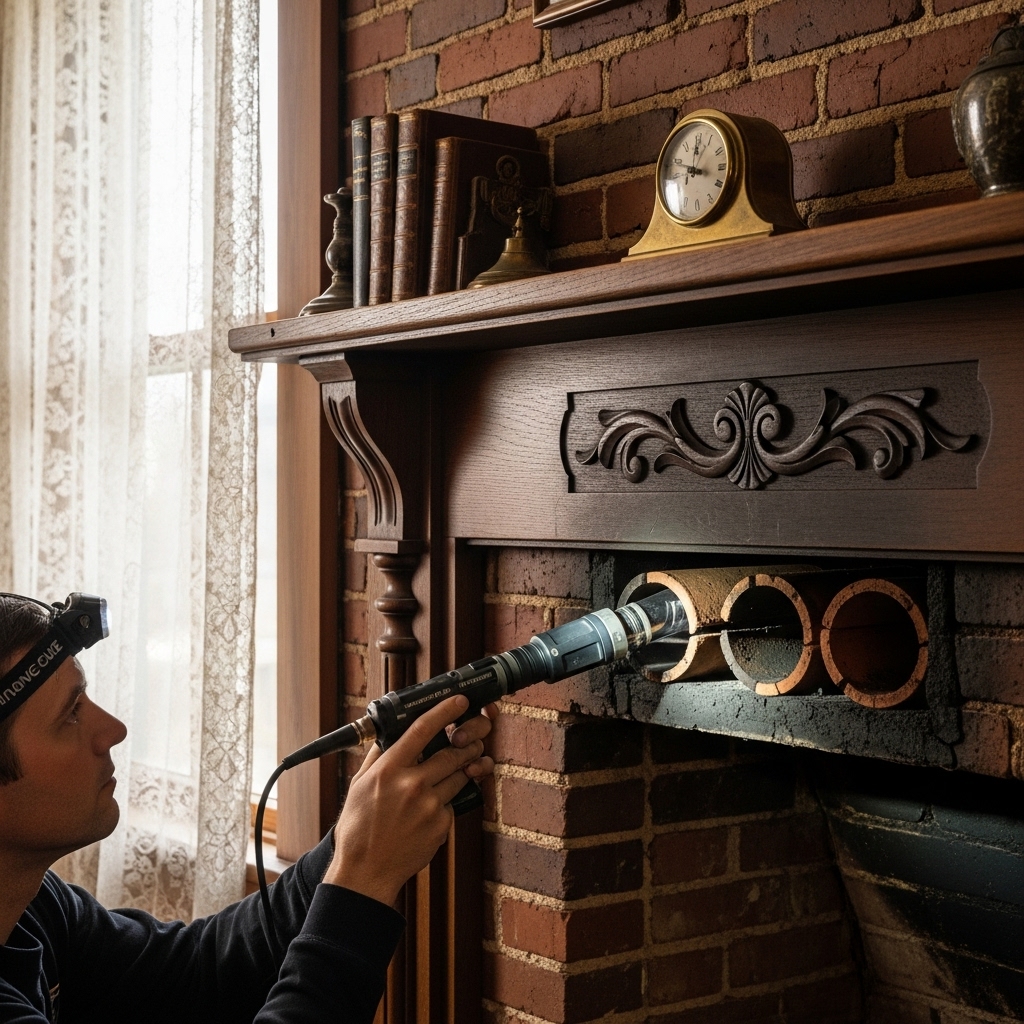
A regular Chimney Sweep is essential for maintaining fireplace safety, improving efficiency, and preventing dangerous creosote buildup. Understanding how the process works can help you feel confident when scheduling a cleaning, and it highlights the importance of having this vital service done by trained professionals.
Why a Chimney Sweep Is Important
Over time, soot, ash, and creosote accumulate inside the chimney flue. Creosote is a highly flammable substance that poses a serious fire hazard if left unchecked. In addition to safety concerns, blockages from leaves, bird nests, or debris can reduce airflow, leading to smoke backups and poor heating performance. A thorough chimney cleaning ensures your system functions properly and your indoor air remains clean.
Step 1: Initial Inspection
The first step of a chimney sweep service is a visual inspection of the chimney and fireplace. The technician checks for obvious signs of damage, excessive soot buildup, or obstructions. This assessment helps determine the tools and methods required for the cleaning process.
Step 2: Protecting the Surrounding Area
Before the cleaning begins, drop cloths or protective covers are placed around the fireplace to keep soot and dust from spreading into your home. This precaution ensures that the process is clean and minimally disruptive.
Step 3: Brushing the Chimney Flue
Using specialized brushes and flexible rods, the chimney sweep scrubs the flue from top to bottom. This process loosens creosote deposits, soot, and debris. Depending on the chimney’s design, the cleaning may be performed from the roof, from inside the home, or a combination of both.
Step 4: Removing Debris and Creosote
Once the flue is brushed, a high-powered vacuum is used to capture loosened soot and debris. This step is crucial for maintaining air quality inside the home and ensuring no mess is left behind.
Step 5: Inspecting for Hidden Issues
After cleaning, the chimney sweep often performs a more detailed inspection, sometimes using cameras to check the interior of the flue for cracks, gaps, or blockages. Identifying these issues early can prevent costly repairs in the future.
Step 6: Final Safety Check
The last step is a final safety check to confirm the chimney is clear, structurally sound, and ready for use. This includes verifying that the damper operates smoothly and that there are no obstructions in the chimney cap or crown.
Maintaining a Clean and Safe Chimney
Scheduling a Chimney Sweep at least once a year is recommended for most homes that use wood-burning fireplaces or stoves. Regular maintenance not only prevents fire hazards but also improves efficiency and extends the life of your heating system.
Final Thoughts
Knowing the step-by-step process of a chimney sweep can give homeowners peace of mind and a better understanding of why this service is essential. A professional cleaning ensures that your fireplace remains a safe, efficient, and enjoyable feature of your home during the colder months.
Read More:



